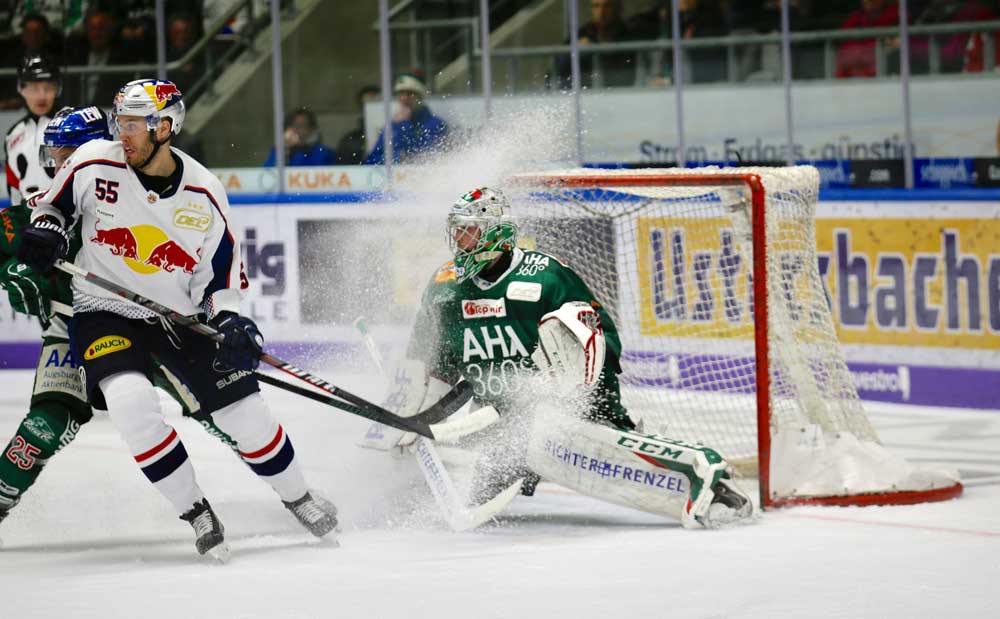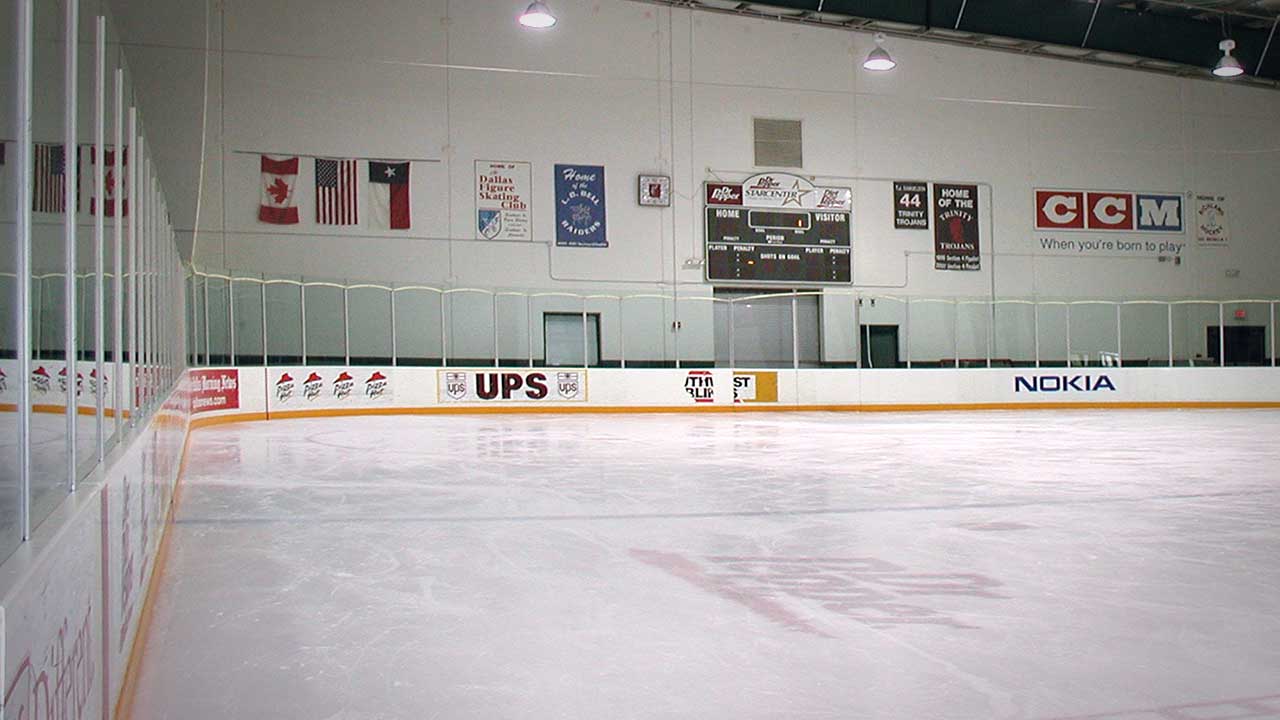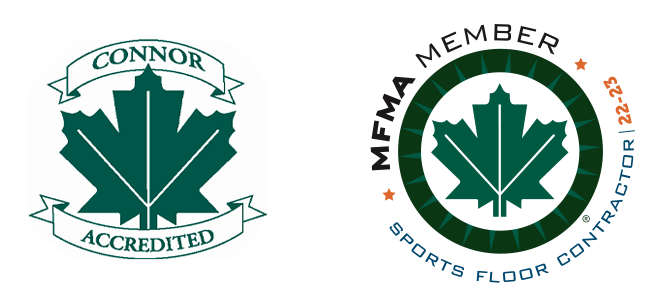Many of us take for granted while watching our favorite hockey teams compete (or while playing the sport ourselves) that a sturdy and durable protective wall is there in the hockey arena to keep us safe. But what are hockey rink boards made of?
When registering your youngest child for their first season of youth hockey, you may worry about his inexperience, lack of skating ability, or whether or not he will get checked by an overly aggressive youth player, but you will probably take for granted that the rink itself and its boards will be safe.
After all, most of us spend little time thinking about the hockey rink boards (or dasher board systems, as they are known). But if you are an arena manager or a facilities maintenance supervisor, you know how and why these systems work so well, and it comes down to the material most prominent in their construction.
Hockey Rink Boards and HDPE
Hockey is generally considered one of the world’s most thrilling sports. By taking some of the same types of sporting activity you would see in other team sports such as soccer, lacrosse, or American football, and adding to that the feat of doing it all while on ice skates – few sports can really compare.

Because this incredible action—all of the speed and power and force we associate with hockey—takes place in an ice rink, it must be designed with both player and spectator safety in mind.
Simply put, if the rink walls aren’t designed to keep the players from crashing through them, most games will end in absolute disaster. Fans love a “front-row” view of the action, but this does not mean they want the action to land in their laps!
The key to effective ice hockey dasher board systems and their durability rests in four magic letters: HDPE. Short for high-density polyethylene, HDPE is a thermoplastic made from a string of ethylene molecules.
What makes HDPE so incredibly useful everywhere, from dasher board systems to milk jugs, is the fact that it is both lightweight and durable.
In addition to those qualities, HDPE has many other useful characteristics as well:
- It is resistant to chemicals, impacts, rotting, mildew, and mold
- It can stand up to extreme temperatures and weather without cracking
- It is malleable enough to be used in almost any design or shape concept
With all of those great qualities, pessimists might find themselves immediately ready to respond to HDPE’s accolades with this question: “but isn’t it bad for the environment?”
HDPE and the Environment
As plastics go, HDPE is actually one of the friendliest plastic board options for the environment. HDPE manufacturing does not generate harmful fumes, and it can be recycled and reused for other products.
For example, hundreds of millions of milk jugs made of HDPE are recycled every year and repurposed into many other consumer products. Plus, the manufacturing of HDPE does not require nearly as much energy as steel production, for example.
HDPE is recycled to make many of the products we rely on in our daily lives, from bike racks and outdoor furniture to the recycle bins themselves, where we toss an HDPE shampoo bottle to move on and transform into yet another consumer product.
Arena managers, hockey coaches, and players can feel good using HDPE in a dasher board system or puck board both in terms of its safety and durability and its overall impact on the environment.
What Are the Other Materials Used in Hockey Dasher Board Systems?
While the HDPE hockey rink boards are an incredibly important part of the dasher board system in any ice hockey arena, these boards cannot work in isolation. After all, what will support and connect the hockey rink boards? And what will protect hockey spectators from injury and allow them to see every minute of the thrilling action on the rink?
This is where several other materials come in to complete the dasher board system and fully outfit your arena for hockey. Dasher boards systems such as our CAS4500 are supported by a galvanized steel framework, aluminum shielding support posts, and tempered glass shielding.
The kind of craftsmanship that goes into these systems is what our loyal customers have come to expect from Cascadia Sport Systems, which has made us a global leader in this market. These durable and high-quality materials are part of every product and system we offer.
Hockey Rink Boards and Maintenance
HDPE stands up to an incredible amount of wear and tear in ice rinks and elsewhere, but that durability does not mean the product is entirely maintenance-free. You will still need to stay up to date with some easy, routine maintenance in your ice rink to keep your dasher board system sparkling clean and ensure the boards are ready for all the action on the ice.
Cascadia Sport Systems offers all the sanitization products and equipment you will need for cleaning and maintaining your dasher board system, and our reps are here to help with any questions you may have about keeping your boards in tip-top shape. They are knowledgeable about the easy upkeep and care of HDPE boards and all of the other materials in the systems we provide for ice rinks.
Now that you know what hockey rink boards are made from, check out what we did after being approached by the Vancouver Minor Hockey Association. A new synthetic ice sheet can be used for skill development while maximizing space and use.
Contact Cascadia Sports Systems today to let us help you with all of your ice rink construction and equipment needs. No matter the size of your project or the specific equipment you need, we have the right materials and the knowledge and expertise to assist you.



